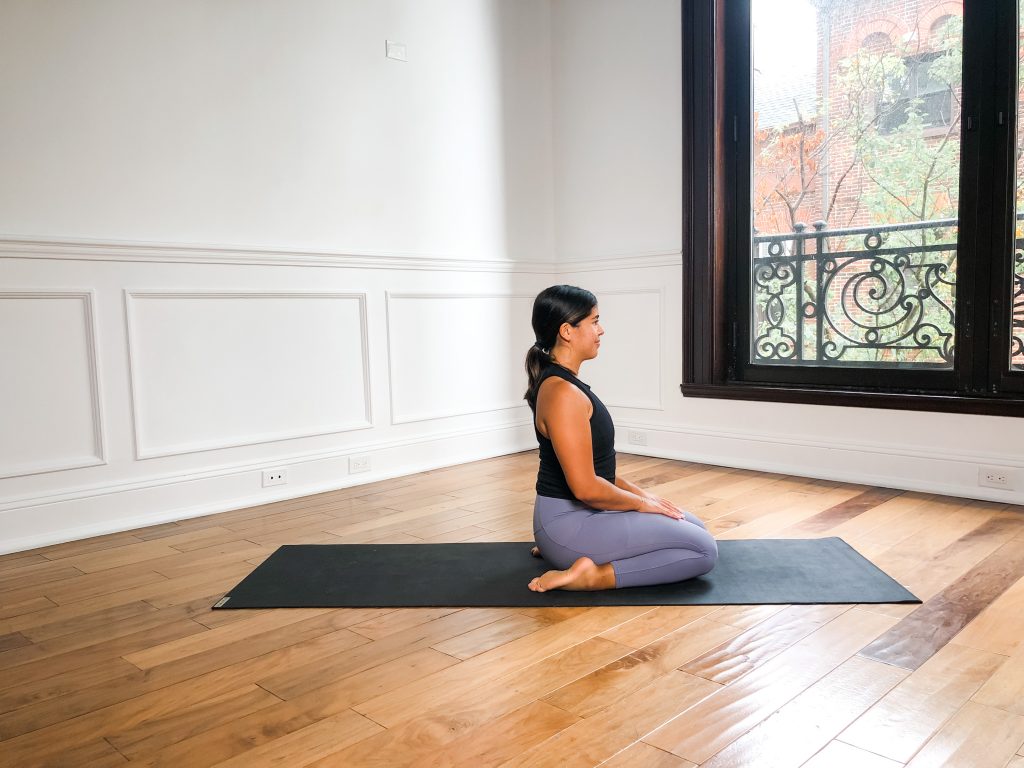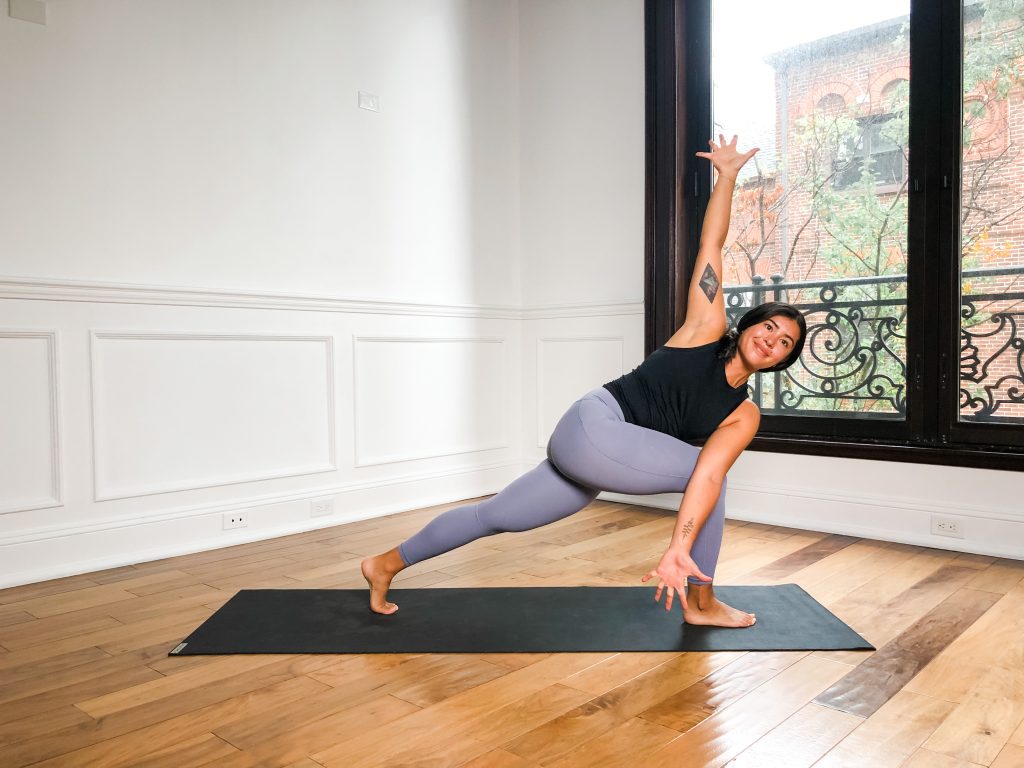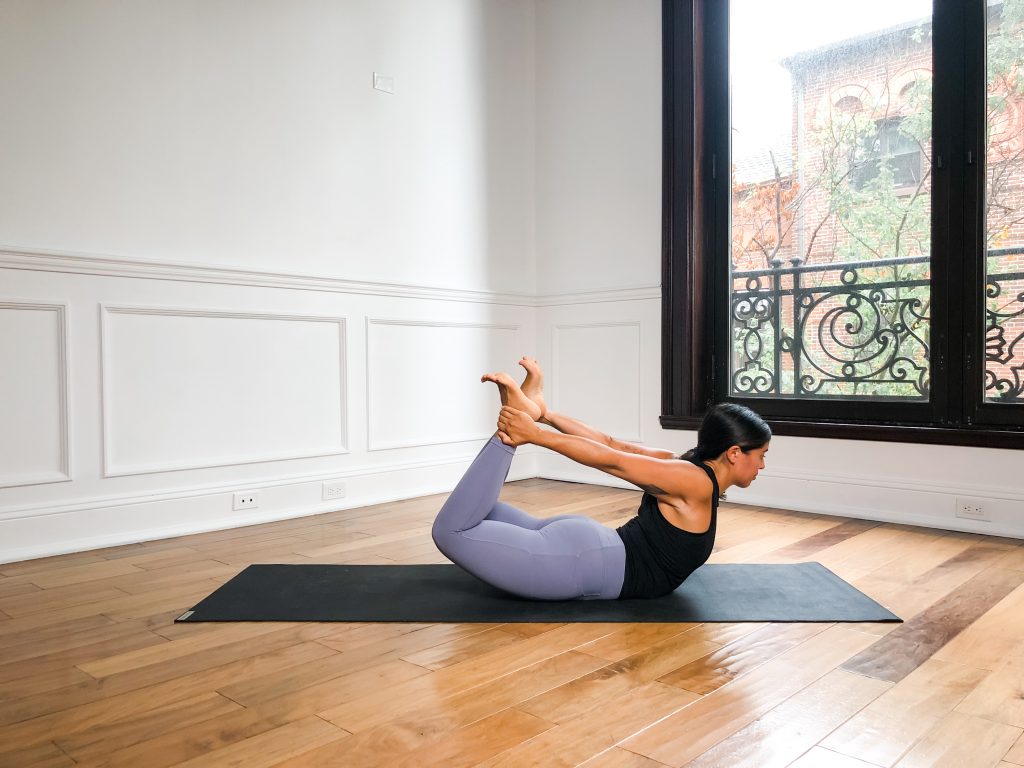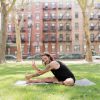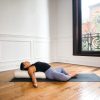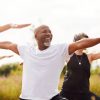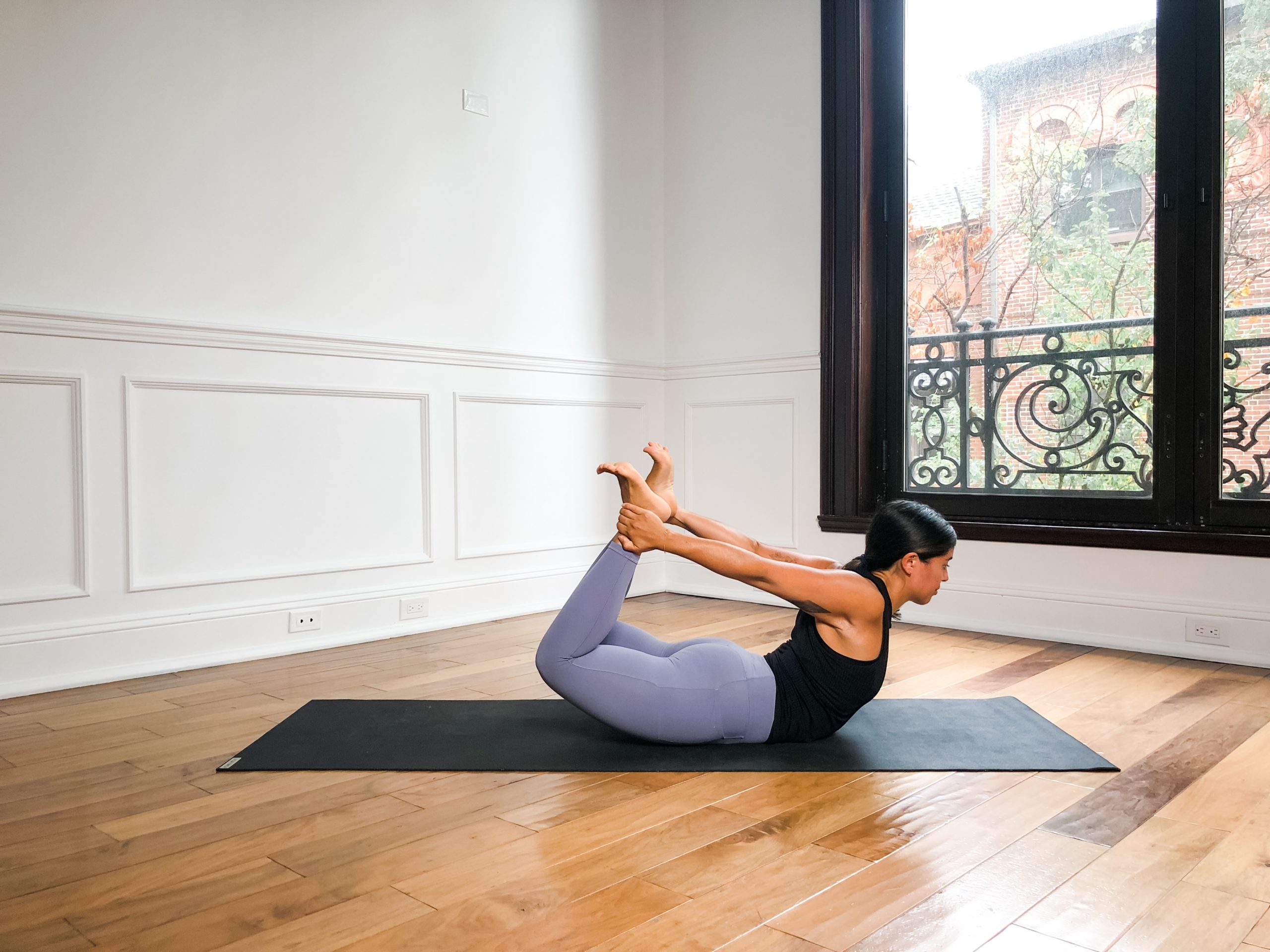
I think that many people begin practicing yoga because there is this idea that we’ll be able to “control” things in our life. It gives the idea that we’ll find more inner peace, stability, and true happiness if we choose to step on the mat.
As we progress through the practice of yoga, it becomes apparent that control is simply an illusion. And while we cannot control our life, we actually give in to the waves of life. We begin to understand that life has ups, downs, and everything in between and instead of fearing the unknown we start to embrace it.
Now, while this realization comes into play we simultaneously learn that the one thing we can control is our breath. The moment we learn to control the breath is the moment we learn to still the fluctuations of the mind.
The breath is so powerful because it is closely tied to our nervous system. Feelings of agitation, uneasiness, and/or anxiety are symbolic of our nervous system being “lit up.” Let’s take a quick physiology lesson. The nervous system has two main branches: the central nervous system (CNS – brain and spinal cord) and the peripheral nervous system (PNS – everything else). The peripheral nervous system is split up into the somatic nervous system (voluntary movements – muscular contractions and physical movements) and the autonomic nervous system (involuntary actions – heart rate, blood pressure, respiration, digestion, etc.). The autonomic nervous system is even further divided into the sympathetic, parasympathetic, and enteric nervous systems. The sympathetic nervous system is our “fight or flight” system (aka being “lit up”), the parasympathetic is our “rest and digest” system, and our enteric system controls gastrointestinal functions.
Unfortunately in this current day and age, our sympathetic nervous system tends to get ignited more often than it should through self-judgment, self-criticism, worries about the future, and anxiety about the past. When we’re caught up in all thoughts outside of the present, the focus on the breath is lost. However, when we refocus on the breath and deepen the breath to fill the entire lung space everything literally slows down. Our heart rate slows, our blood pressure drops, respiration rate slows down and we start to train our bodies to dip into the rest and digest system. From this state we have the chance of experiencing peace, stability, and ease.
To expand the space where the lungs reside and to exercise full diaphragmatic breathing (another way of saying breathing to expand the diaphragm in all directions as opposed to just emphasizing the frontal portion of the diaphragm and chest) we are going to work in the direction of a backbend.
Supporting Pose 1: Supported Hero Pose (Virasana)
I like starting in this position for most backbends because it goes in the direction of lengthening the front of the thigh which we see in backbending postures. This pose is also great for allowing your students to settle in, sit up tall, and focus on the breath. If this is inaccessible, a great option would be to sit on a chair or to stand so posture is not compromised.
How to:
- Place a block beneath your sit bones with your legs folded and the heels of the feet gently hugging the outer edges of the block.
- Bring the knees towards one another so they are not unconsciously splaying open.
- Let your hands gently rest on your lap.
- Sit up tall without overemphasizing the forward movement and lift of the chest. Try to reach the crown of the head up and lift the sides of the chest up, not out.
- Close the eyes and breathe consciously by extending the breath into the sides of the rib basket and into the back of the rib basket. It could also help to place the hands on the sides of the rib basket just below the breasts or one hand on the belly below the sternum and one hand on the back around the lower ribs.
Supporting Pose 2: Revolved Extended Side Angle (Parivrtta Utthita Parsvakonasana)
This pose does it all! It’s a twist and a side body lengthener, both actions which serve the goal of opening the lung space in preparation for backbends. Furthermore, with the front of the torso against the leg, it lends a similar feedback feeling like in bow with the belly to the floor. Note, the back heel lifted is a variation of revolved extended side angle. The traditional version has the back heel on the floor as in Warrior I.
How to:
- Start in a low lunge.
- Bring the right hand to the right thigh and left arm alongside the ear. Hinge forward like you were going to take off into Warrior III.
- Use the right hand against the leg as leverage to twist towards the right and hook the left elbow to the outside of the right leg.
- Start with the palms together to press the elbows and chest wide and then extend the arms towards the floor and towards the sky. Then, stretch the left arm over the ear to the front of the room.
- Exercise diaphragmatic breathing by sending the breath not only into the front compartment of the torso (which is hopefully easily distinguishable), but also into the sides and back compartment of the torso.
Supporting Pose 3: Supported Fish with Bound Angle Legs (Matsyasana + Baddha Konasana)
This is another optimal position for backbending. This position puts the body into a supported shape to expand the lung space and it allows a widening, and hopefully the opening of the groin muscles. This helps to release any gripping which might prevent the tissues around the lungs to move freely as the breath moves in and out of the body.
How to:
- Prepare to lie down with the thoracic spine and head supported by two blocks. Set the first block to the medium height to go beneath the thoracic spine. Set the second block on the high height to go beneath the head.
- Lie down over the blocks. You can adjust the heights if necessary so that you can lie with a sense of ease.
- Bring the soles of the feet together and let the knees go wide, placing support under the legs if necessary.
- Allow the arms to rest on the ground so the chest can widen.
Peak Pose: Bow (Dhanurasana)
I believe bow is a great option for our topic today because not only is it a backbend, but with proper prep-work it’s a great position to sense the breath moving towards the side and back compartments of the diaphragm.
How to:
- Lie with your belly down on the ground.
- Reach the arms behind you and draw the shoulder blades towards one another to widen the chest.
- Bend the knees to bring the heels towards the bum and grab hold of the ankles with the hands.
- Lift the thighs off the ground as you lift the chest making a bow shape with your body.
- Practice diaphragmatic breathing by sending the breath in all directions → front, back, and sides of the rib basket.


